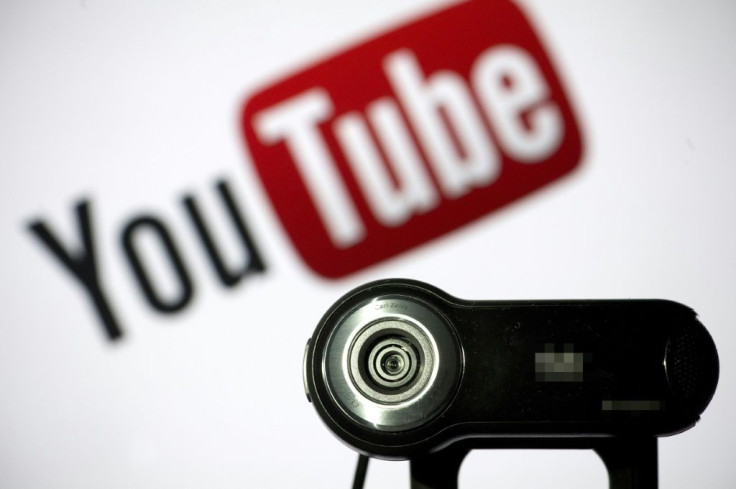In Hate Speech Crackdown, YouTube Bans KKK Leader David Duke, Several Far-Right Channels

Joining a wave of social media and content platforms cracking down on hate speech, YouTube on Monday banned the accounts of six far-right figureheads. These bans included major names like KKK leader David Duke, alt-right spokesman Richard Spencer, and Stefan Molyneux, a Canadian white nationalist and “race realism” advocate.
“We have strict policies prohibiting hate speech on YouTube, and terminate any channel that repeatedly or egregiously violates those policies,” YouTube said in an official statement. “After updating our guidelines to better address supremacist content, we saw a 5x spike in video removals and have terminated over 25,000 channels for violating our hate speech policies.”
The channels banned were specifically found to be in violation of the platform’s policy against “alleging that a group is superior in order to justify discrimination, segregation or exclusion based on qualities like age, gender, race, caste, religion, sexual orientation or veteran status.” This rule was added to YouTube’s policies in June of 2019 after white supremacist and far-right hate group channels were long found to not be in violation of anything since they did not explicitly make calls to violence.
The other channels included in the wave of bans were one ran by Radix, an online journal published by Spencer’s white supremacist think tank, the National Policy Institute, and two affiliated with American Renaissance, an online publication run by the New Century Foundation, a “race-realist, white advocacy organization.”
YouTube's decision comes after a similar move by discussion website Reddit. On Monday, Reddit terminated over 2,000 subreddits associated with extremist political views across the spectrum. This notably included r/The_Donald, a space dedicated to Trump supporters that became infamous for toxic behavior, despite having been, according to many users, largely abandoned for several months.
Twitch, a leading platform for live streaming content, temporarily banned the official page for Trump’s 2020 campaign due to it violating the site’s “hateful conduct” policies.
In response to a question from CNN Business about why it took over a year from the institution of new rules against bigoted content for the platform to take serious action, YouTube claimed that bans only come after channels gain enough violations. The response did not provide specifics about how many violations cause a ban or how many the six banned channels had accrued.
© Copyright IBTimes 2025. All rights reserved.





















